As May wanes, London’s ferns perform their silent ballet—bracken crosiers spiral skyward at shocking speed, lady ferns mimic ecclesiastical staffs, and the bizarre adder’s tongue fern reveals its waxy, ribless leaves. But the real curiosities lurk in the margins: a floating fern that refuses to sink, and horsetails so abrasive they once polished Tudor pewter. Why did Victorians risk eating carcinogenic fiddleheads? And which fern vanishes underground for years like a botanical ghost?
Return on 30 May to unravel the secrets of London’s ancient flora—where ferns craft oil for snakebites and alien water ferns paint marshes pink.
Some of our more common ferns e.g. bracken, are now unfurling their crosiers in vast numbers in places like Richmond Park. Those of the male fern look like clenched fists covered in brown, papery scales before they start to unfurl. Others, such as the lady fern, have crosiers the exact size and shape of a real bishop’s crosier. In the damp woodland which this fern prefers, the leaves on occasion may end up one and a half metres long and half a metre wide. At this crosier stage, bracken stems are picked by some Londoners to eat, ignoring any possible worries of carcinogens.
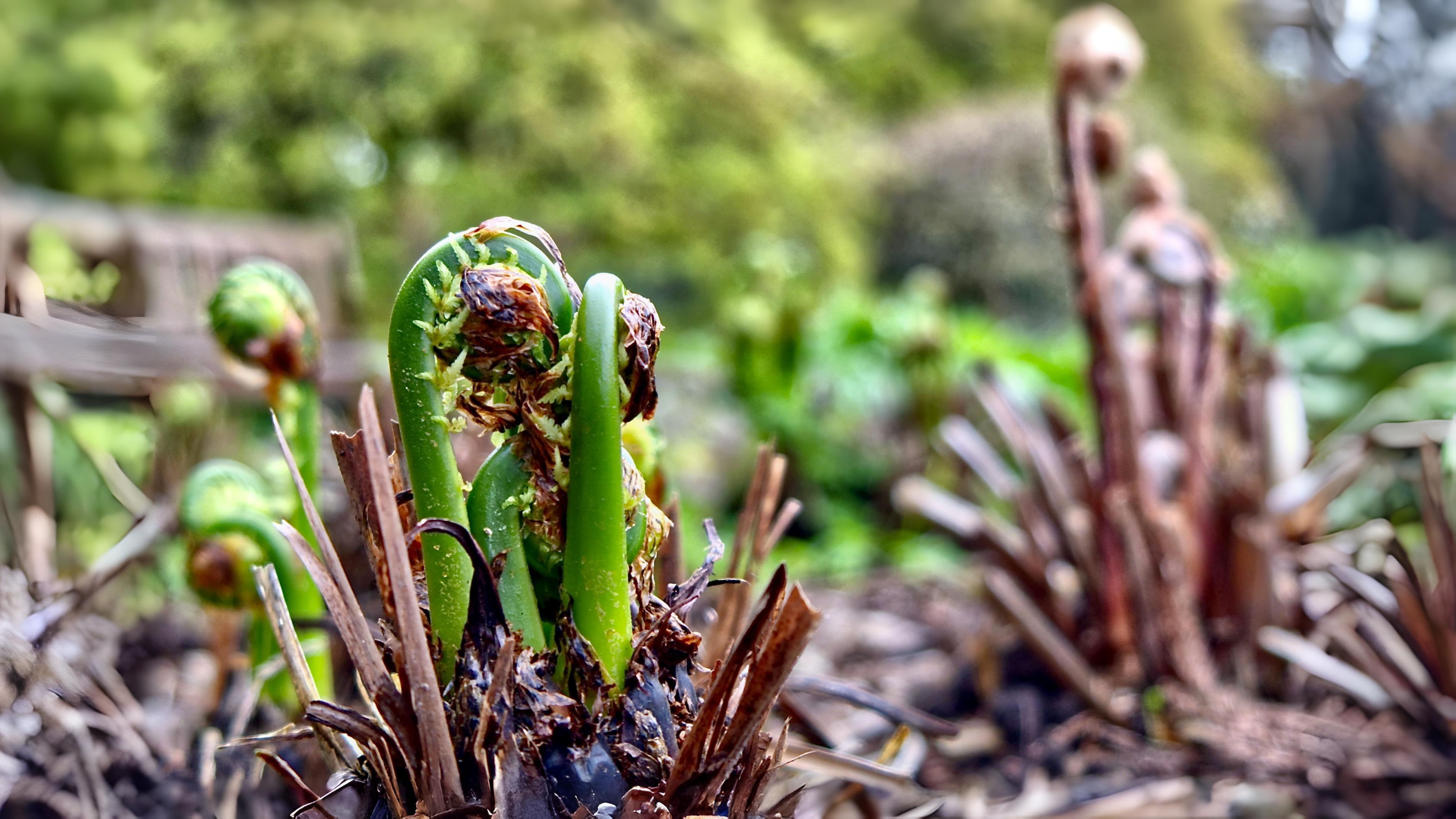
They grow rapidly, perhaps as much as two and a half centimetres a day, and are sometimes seen covered in ants, which feed on their sticky secretions. In woods, old clumps or crowns of our most common woodland fern, the male fern Pteridium aquilinum and the broad buckler fern Dryopteris dilatata are also unfolding. Male ferns form dense bunches of upright fronds around sixty centimetres in height, whereas the broad buckler fern tends to have fewer darker green leaves that are more concave in shape, drooping and possibly up to one and a half metres in length. In gardens, more instantly attractive ferns are widely planted e.g. shield ferns Polystichum for their highly dissected leaves, the ostrich fern Matteuccia for its shuttlecock growth or Woodwardias for their enormous size.
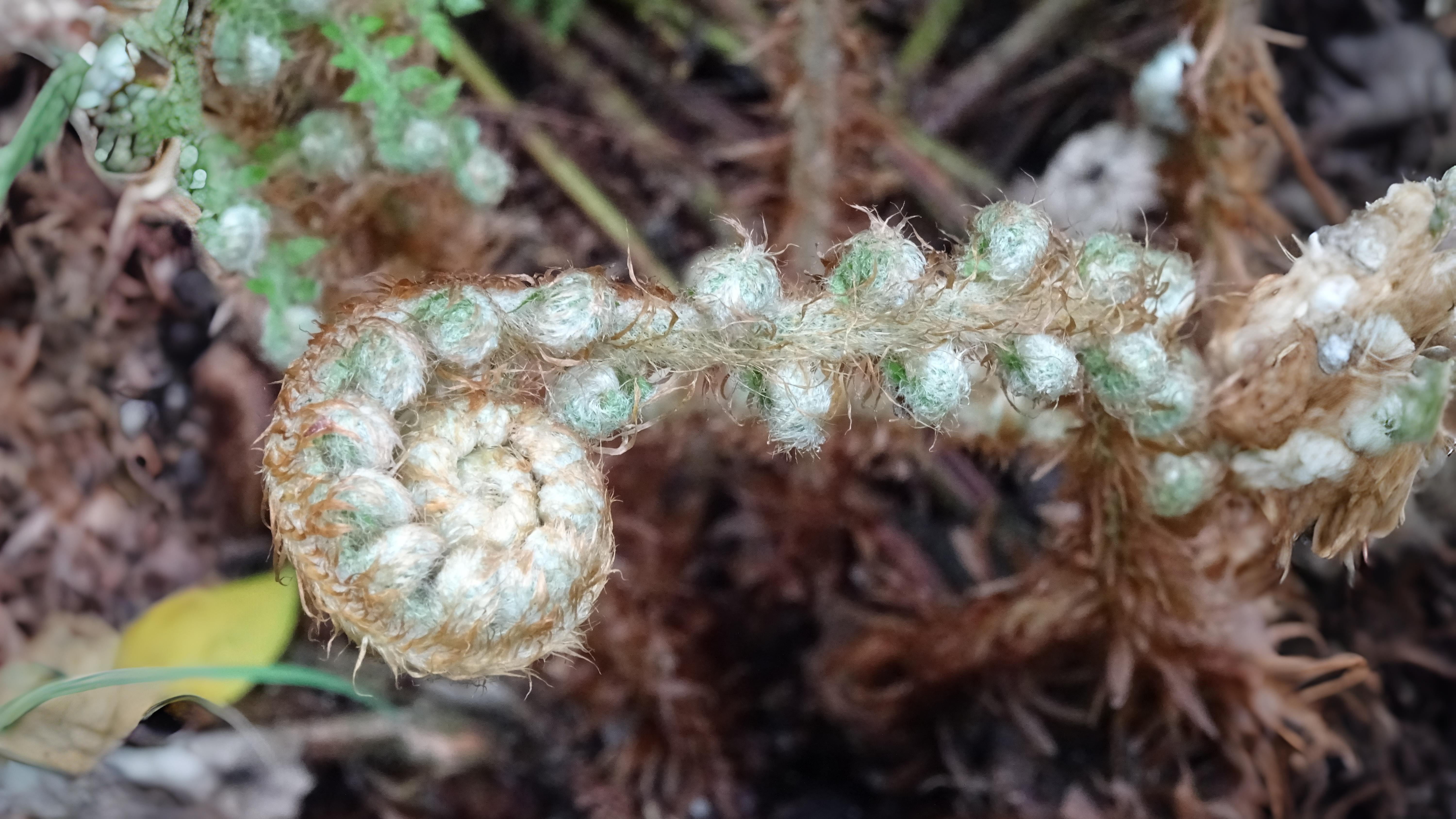
London’s most unusual wild fern is the strange Adder’s tongue Ophioglossum vulgatum. Its elliptical, single leaf starts to emerge from the ground now, but unlike other ferns, opens laterally rather like lily of the valley. It has one of the strangest textures of any plant. It is a shiny, waxy, pea green and has no midrib and most unusual venation.
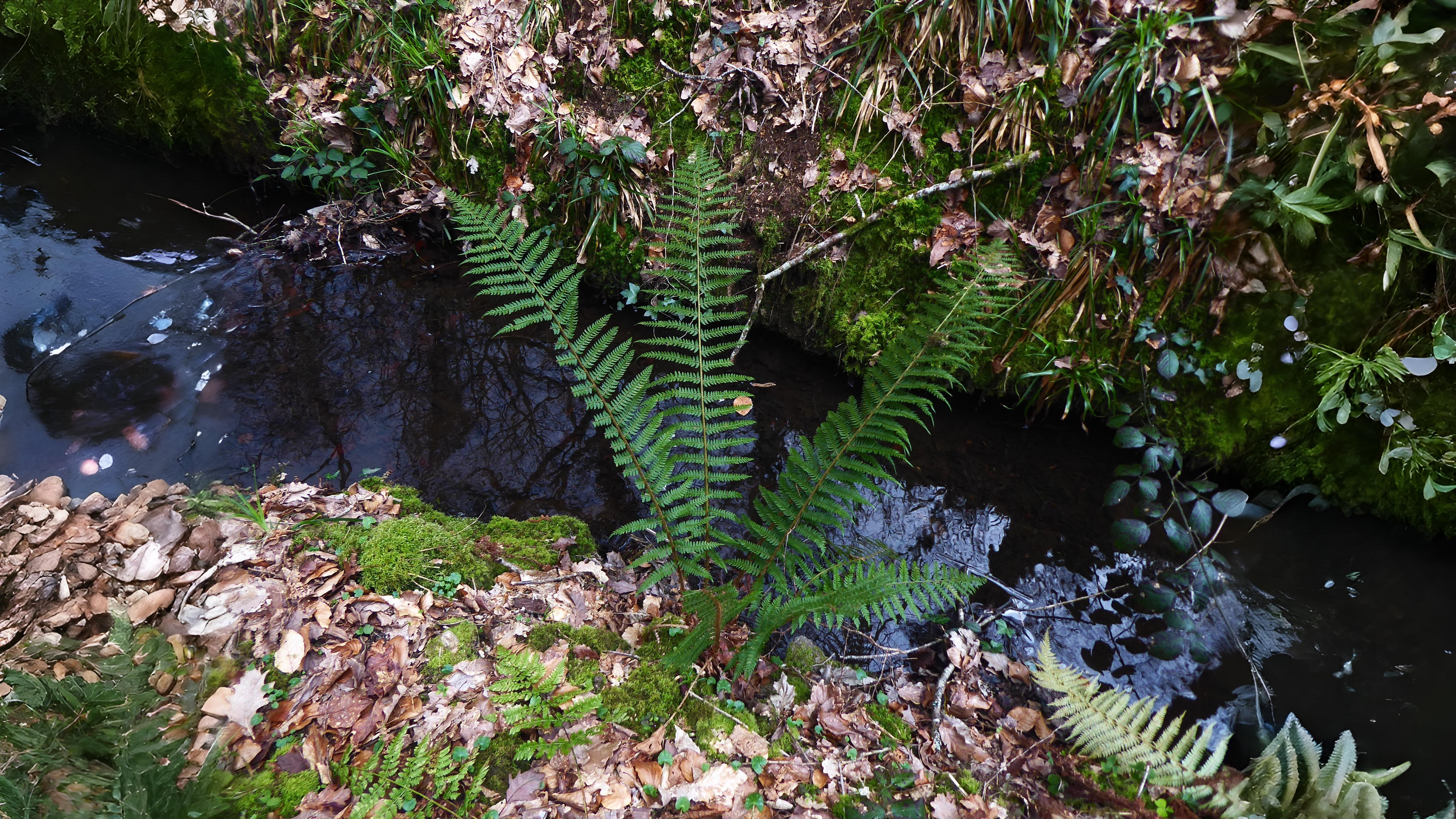
A central spike grows from within the unfolding leaf, with a double row of spore cases. Although usually only eight to ten centimetres in height, it is capable of growing up to thirty centimetres. It emerges in May and has generally disappeared by August. It can also remain underground for some time, giving the impression it has been lost. It used to carpet wet meadows and was the main ingredient in a ‘green oil of charity’ which was at one time thought to be yet another invaluable cure for snake bites. Although by no means restricted to wet meadows and very easily overlooked it is still worth hunting for in Yeading Brook Fields Nature Reserve and grassy patches in the woods of Freyent Country Park.

Nearly half of all the world’s horsetails Equisetum spp. occur in Britain. The dutch rush Equisetum hyemale is the most common in our area. Its glass-like, mildly abrasive, silica-rich stems were used to clean pewter and so it was also known as pewterwort. It was also used to bring up a fine polish on precious stones and smooth arrow shafts. Being so popular, more had to be imported from Holland, possibly explaining its current English name.
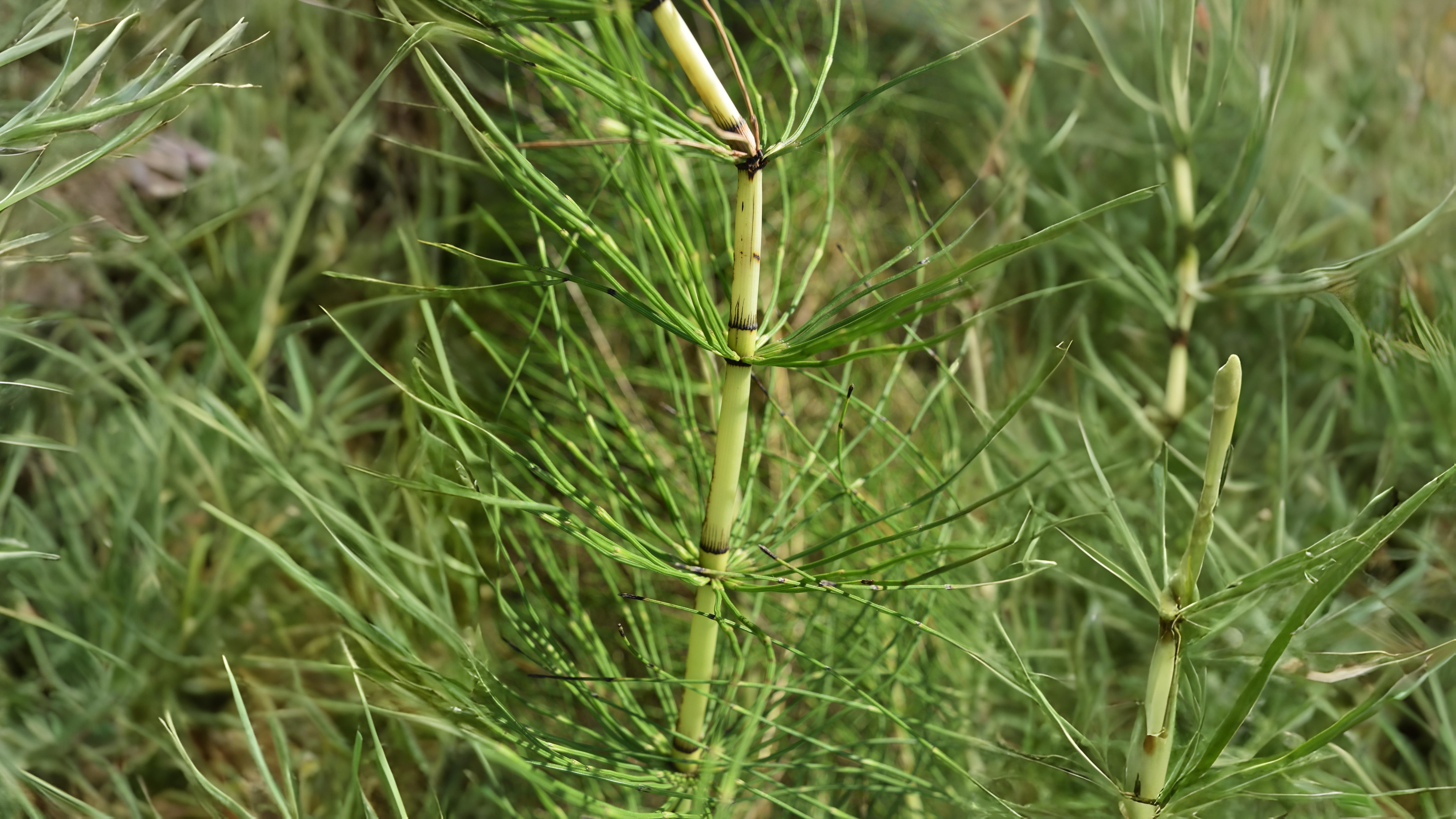
Although not particularly common in southern Britain, it happily exists in every part of London, except on chalk, which it shuns. Another unusual fern is a floating alien Azolla filiculoides. It is similar to duckweed, but has a waxy covering and air bladders, making it impossible to sink.
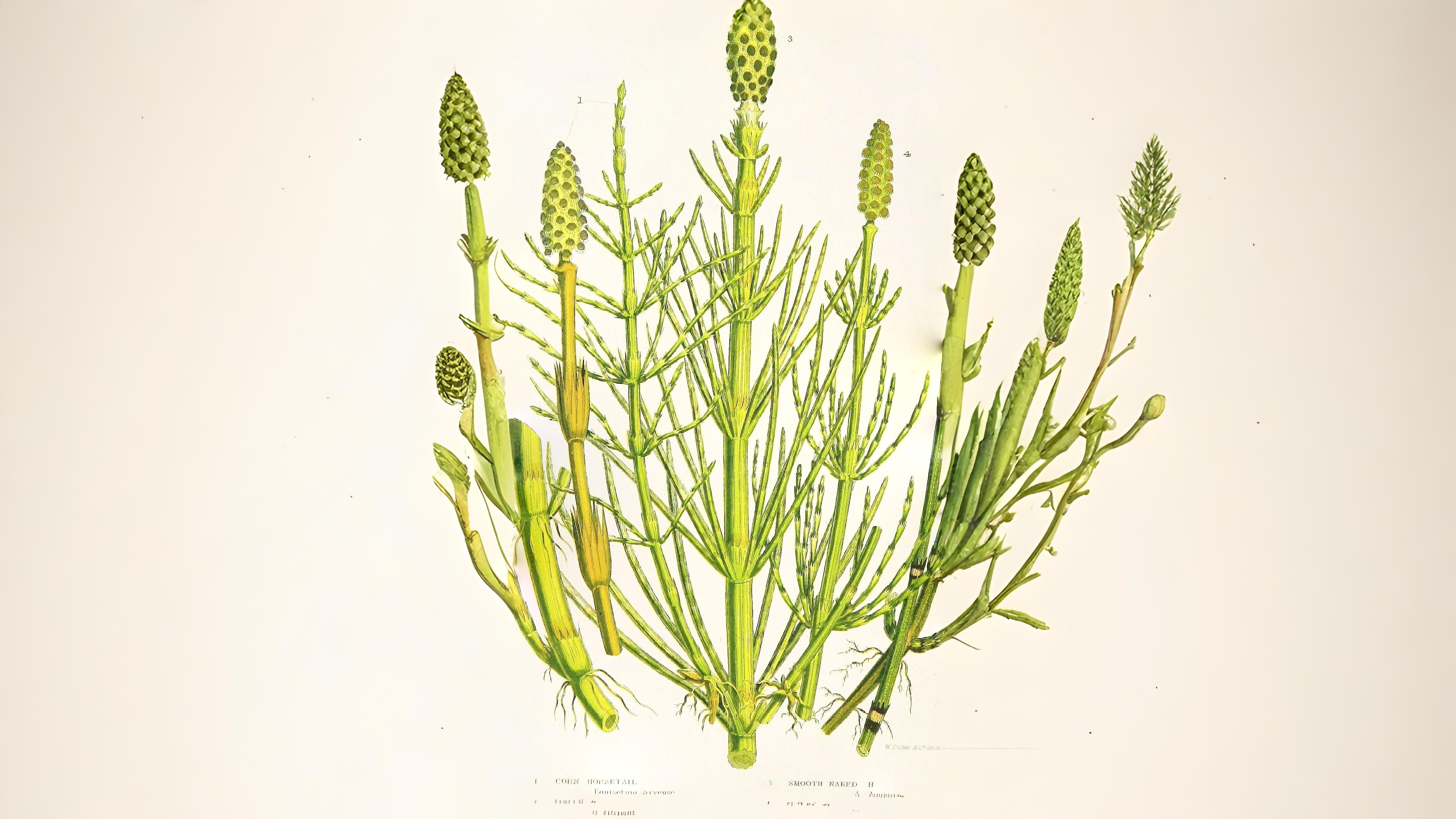
Originally discarded from fish tanks, it quickly covers the water surface in cleaner waters, which it has done most successfully in parts of Rainham marshes and some places in Epping Forest. Its leaves can turn green, pink or red in different seasons of the year.














